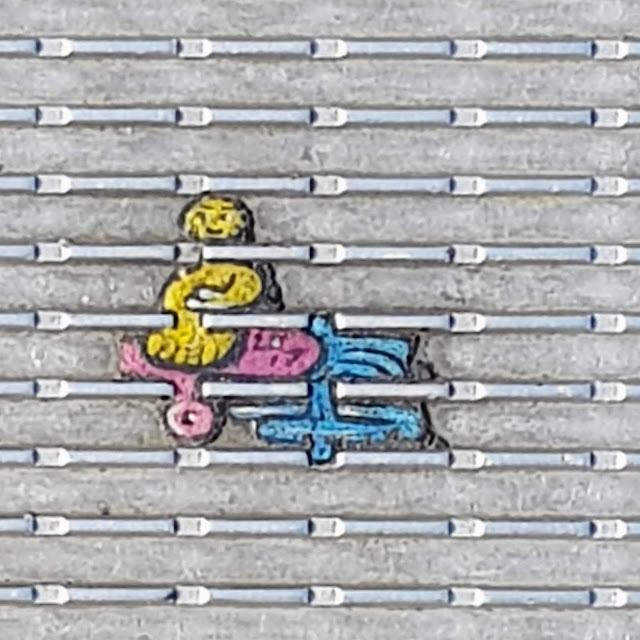Come with me as I explore London's history, hidden gems and unusual places. "Not all those who wander are lost..."
Friday, January 28, 2022
Ben Wilson: Chewing Gum Man
Wednesday, January 19, 2022
Police Constable Edward George Brown Greenoff
 |
| P. C. Edward George Brown Greenoff (1886-1917). |
Within minutes of the outbreak of the fire an engine, from the new Brigade headquarters, was trying to dampen the blaze.
Police Constable Edward Greenoff, of the Metropolitan Police's K Division, was on his beat when he noticed the fire. Realising what was in the building and the imminent danger of an explosion, P.C, Greenoff ran towards the fire to aid in the evacuation of the factory. If it had not been for this act of bravery the death toll would have been a lot higher. He then urged the people who had come to witness the fire to stay back and away from the flames.
Then there came a rumbling sound and an explosion ripped the building apart. P.C. Greenoff was thrown forward by the force of the explosion and was knocked unconscious.
The building exploded with such force that girders, masonry and even a boiler, weighing several tons, were catapulted through the air. The shockwave, which was felt almost a mile away, ripped roofs from nearby buildings and flattened cottages within the area.
There were 73 fatalities and over 400 more were injured.
P.C. Edward Greenoff was taken to Poplar Hospital where he died from his injuries on January 28th or 29th.
P.C. Edward George Brown Greenoff was buried in St Marylebone Cemetery, East Finchley.
This plaque is situated on the wall of the G. F. Watts Memorial to Heroic Self-Sacrifice, in Postman's Park.








